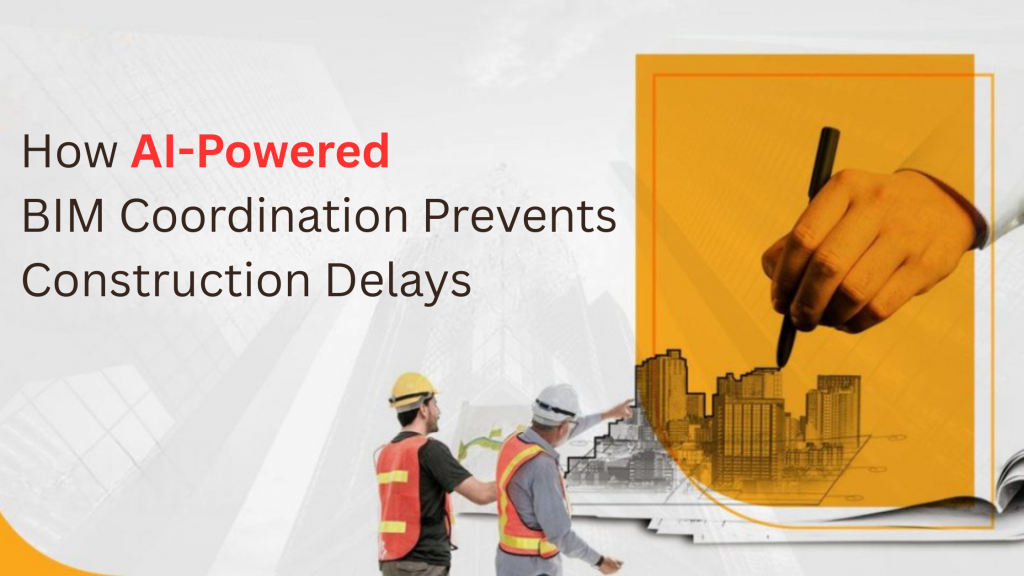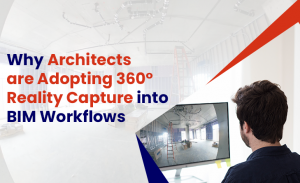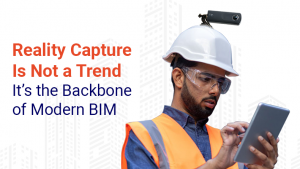Reading Time: 5 minutes
Construction delays are expensive. They cause crews to sit idle, prefab to stall, and schedules to unravel. If you’ve ever heard, “The model’s not ready yet,” then you already know how painful coordination delays can be.
Here’s the thing: BIM is supposed to prevent those delays. But when BIM itself becomes the bottleneck, that’s a bigger problem.
The real issue? Most coordination workflows are slow, fragmented, and reactive. That is where AI comes in, not as a futuristic imagining, but as an accessible tool that assists BIM teams in delivering more quickly, cleanly, and on time.
Work Smarter, Not Harder
iFieldSmart empowers your team with AI-driven efficiency to simplify scheduling, boost collaboration, and keep projects on track.
Schedule a MeetingSo, how does AI-powered coordination work on an actual project? Let’s dissect it.
1. Faster Clash Detection (Without Manual Headaches)
Traditional clash detection is a grind. You upload models, run reports, and then review them manually. It’s time-consuming, and by the time you resolve one batch of issues, new ones have already popped up.
AI changes that. Instead of waiting for someone to hit ‘run,’ automated clash detection happens continuously. AI tools flag high-priority clashes, group them logically, and remove false positives.
No more hunting for problems. It instantly notifies you of issues, helping you fix what truly matters.
2. Clearer Priorities, Less Back-and-Forth
Indecision wastes time. When trades don’t know who should move or what issue takes priority, progress stalls.
This is where AI comes in, not as an ideal for the future, but as an everyday working tool that assists BIM teams to deliver quicker, cleaner, and on schedule.
What this means is fewer meetings, quicker decisions, and faster sign-offs.
3. Real-Time Model Updates
Here’s where things often fall apart in traditional workflows: one trade updates its model, but another team is still working off an older version. That gap creates clashes, confusion, and costly field errors.
AI-driven cloud platforms eliminate that lag. Changes sync in real time, and everyone is always looking at the latest version. The system also tracks model history and flags conflicts before they escalate.
No surprises. No missed updates. Just progress.
4. Predictive Problem Solving
You’re three weeks out from a major MEP install. Everything looks fine until it’s not.
AI tools don’t just look at what’s clashing right now. They forecast future problems based on construction sequences, model geometry, and installation timing. If something is going to be an issue later, it lets you know now.
That gives your team time to fix it before it ever hits the jobsite.
5. Shorter Review Cycles = Faster Sign-Offs
Model reviews can drag on. Sent files, chase updates, and teams remained silent for days.
AI changes that by generating summaries of what changed in the model. Reviewers don’t have to sift through entire files, just the parts that matter. Plus, the system nudges people when it’s their turn.
Sign-offs move faster. Coordination keeps moving.
6. It’s Not Just Faster, It’s Smarter Coordination
Speed is important, but accuracy is as well. When teams rush BIM, they make mistakes. That’s where AI’s consistency comes in.
AI doesn’t forget to check for a ceiling clash. It doesn’t get tired or overlook details. It runs every check, every time, and flags exactly what’s wrong.
Cleaner models. Less rework. Happier field teams.
7. AI Doesn’t Replace People, It Empowers Them
Let’s clear this up: AI does not replace BIM professionals. It removes the repetitive parts of their work so they can focus on what matters: quality design, constructability, and logic creation.
Instead of chasing down clashes and file versions, your team is solving real coordination challenges.
Where BIM Eng US Comes In
This is where BIM Eng US steps up. It’s not just another BIM vendor. It’s a coordination partner that brings AI, automation, and real field experience into your workflows.
At BIM Eng US, the focus is on delivering clash-free models on your schedule, not someone else’s. The team works backward from your construction timeline and stays locked in on your priorities, not just the screen.
They coordinate architectural, structural, and MEP-FP models together, giving you a fully integrated and buildable outcome, one that keeps your field teams working, not waiting.
And they don’t just model for the sake of modelling. Their BIM managers know what it means to build. Every model reflects real-world constructability, not just design intent.
Built to Work with the Tools You Already Use
BIM Eng US isn’t trying to reinvent your tech stack. It integrates directly with the platforms where teams trust:
- Autodesk – For model coordination, clash detection, and centralized updates.
- Procore – Push clash reports, coordinated models, and field issues directly in your project workflow.
- iFieldSmart – A cloud-based platform for real-time model collaboration, version control, and clash tracking.
- Lens360 – Purpose-built for field issue capture, AI-driven RFI creation, and progress tracking. From logging job-site issues to tracking coordination progress, Lens360 closes the gap between the field and the office.
Together, it’s a tool that delivers more than BIM; it creates a connected workflow that speeds up decisions and keeps your project moving forward.
Final Thought
If you are still stuck in slow and outdated BIM workflows, you are wasting time and money on all projects.
AI-enhanced BIM coordination empowers your team to deliver superior outcomes through improved speed, clarity, and reduced frustration. And with BIM Eng US, you’re not just adopting AI, you’re working with people who know how to make it work for construction.
Let’s talk BIM coordination that keeps your crews building, not waiting.





